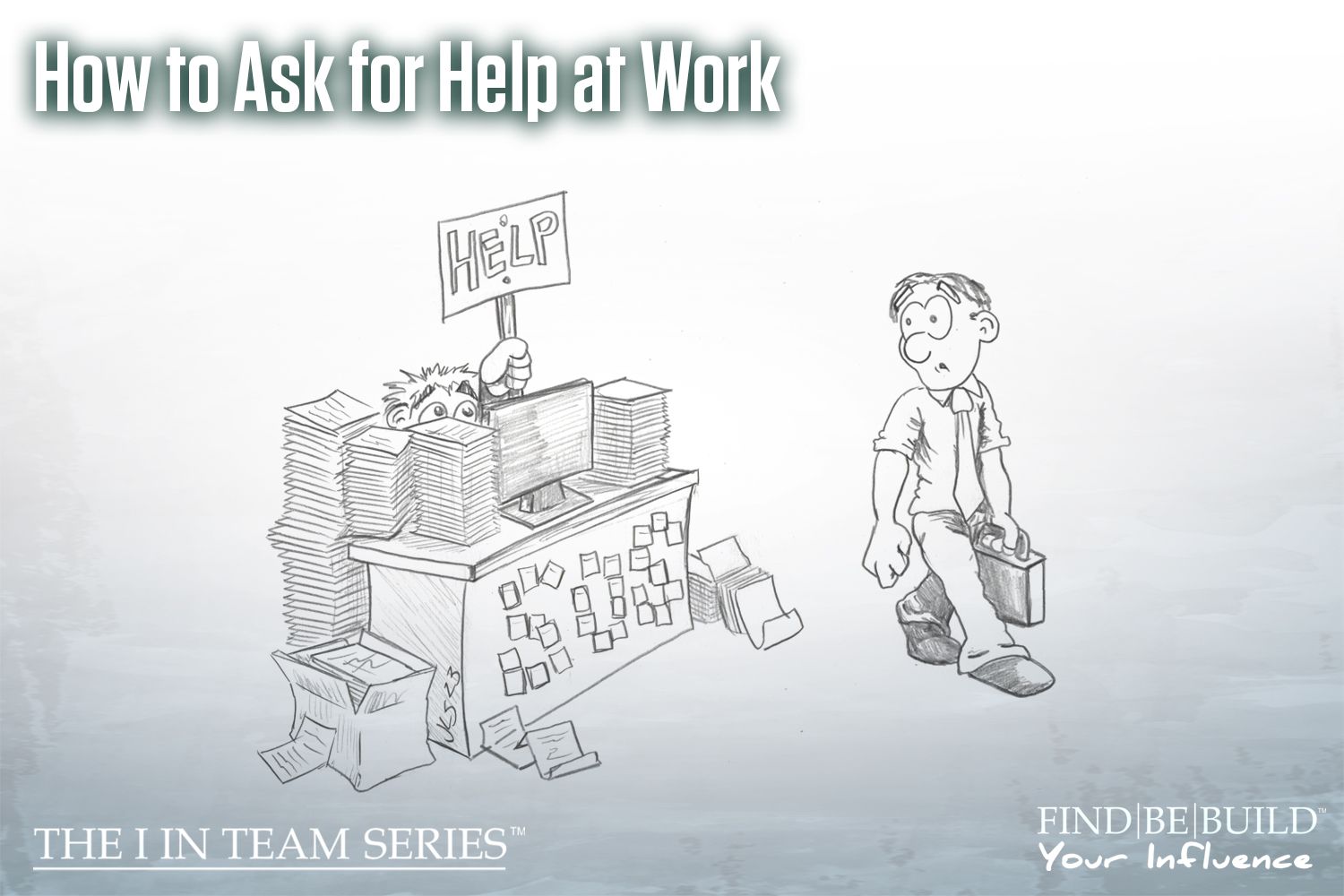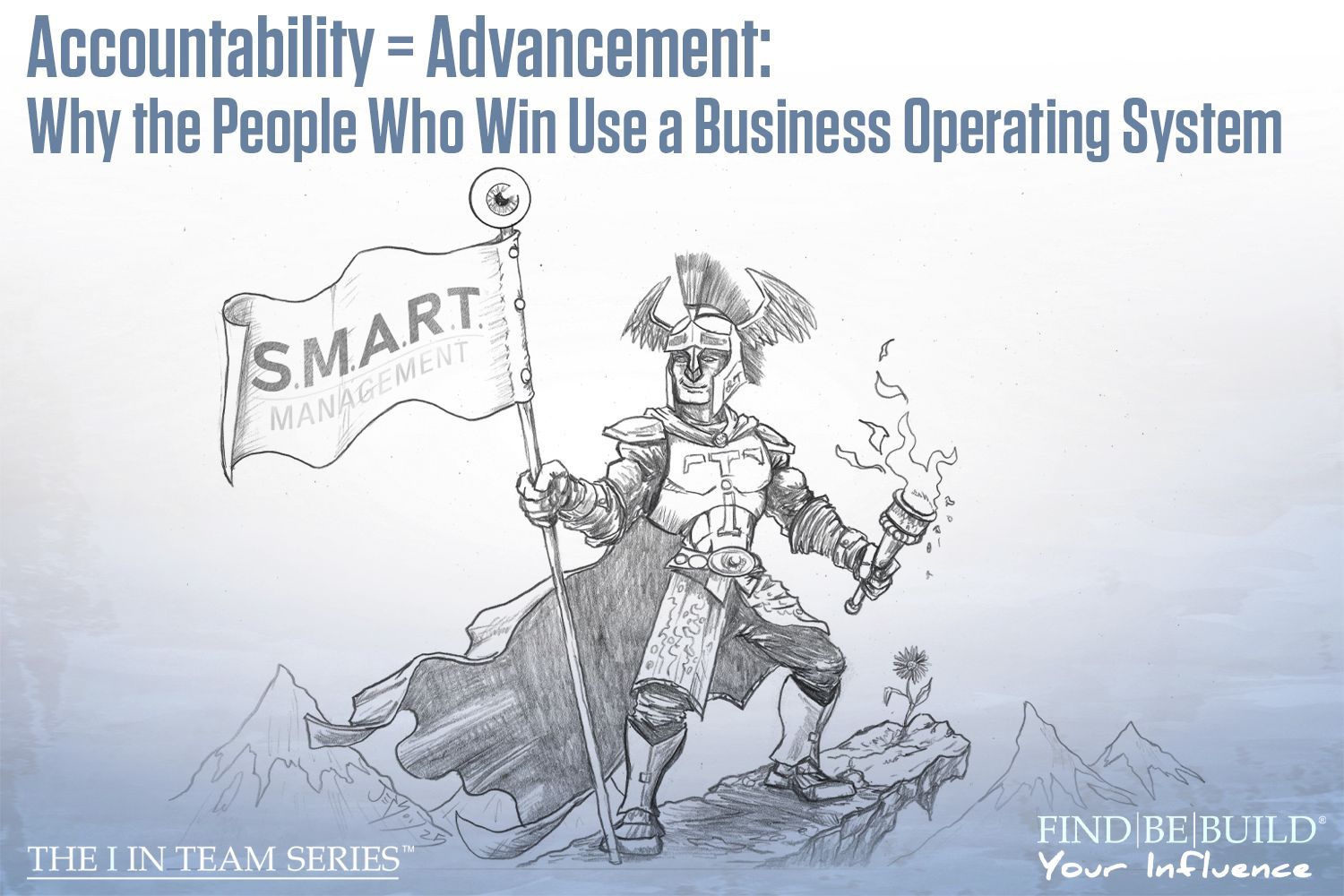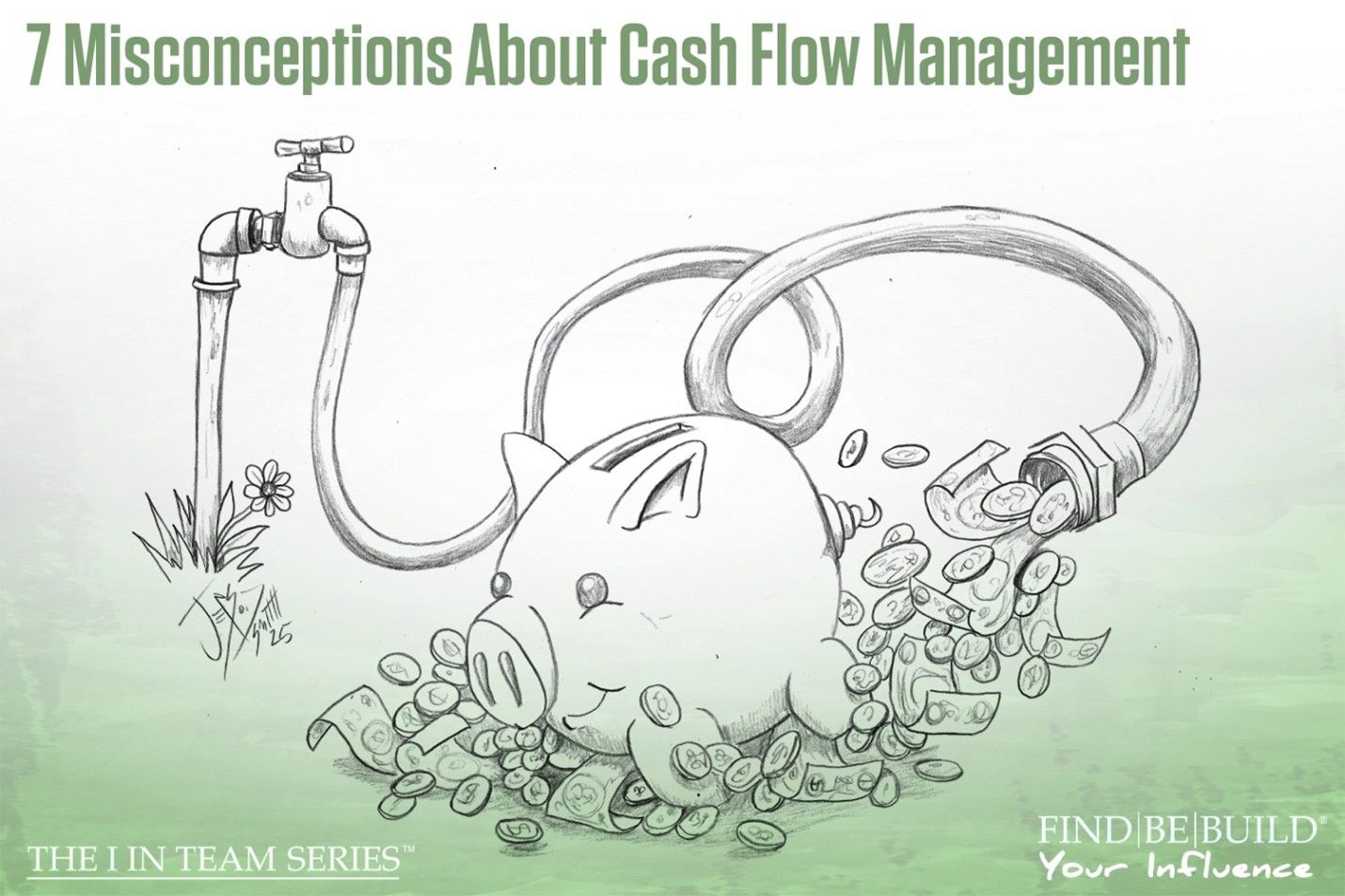How To Ask For Help At Work

Business consulting support
How To Ask For Help At Work
Hi, team! It’s your friend, Mary, with the “I” in Team series where you can find, be, and build your positive influence. Sometimes people feel that if they ask for help at work that they are weak or inadvertently admitting that they are a failure. However, this is far from true! When you ask for help, you show humility and build positive team culture through inclusion of strengths that differ from yours. We have some steps that can make asking for help much easier. Check them out below if you are new to admitting you need others to help you accomplish your tasks.
Step 1: Make a List
Before approaching someone on your team with your problem, make a list of all the solutions you have tried (and make sure you have actually done them). This means you want to exhaust all your options prior to asking for help at work. Search your shared drives for information and ask your favorite search engine. Even simple solutions that seem obvious are worth trying. By making a list of what you have done, you demonstrate that you have put effort in and you eliminate those options when approaching someone for further assistance.
Step 2: Decide Who to Ask
Not everyone on your team will have the skills or knowledge to help you with your specific problem. This is why choosing the right person is vital to getting your problem solved. You may even decide to have a backup in case your first choice is busy or unable to help you find a solution. After you’ve decided who is appropriate to ask for help, be sure to time your inquiry appropriately. Ask if they have a moment or if they have a time that might be best for them.
Step 3: Stay Engaged
The point of asking for help is to learn so you gain more tools for facing problems in the future. What you don’t want to do is dump your problem on a colleague and then leave while they solve it for you. Doing this is more like delegation rather than asking for help. Stay engaged and listen to learn.
Step 4: Stay Open-minded
Asking for help can be difficult sometimes and you may find that the solutions your team member offers are different than what you expected. Rather than shooting them down, try everything they suggest and see if they are correct. This will require you to stay open-minded to the solutions you are offered.
Step 5: Document the Solution
Once you have found the solution to your problem, log that solution for use at a later date. This will help you remember and will give you a tool to try next time you are faced with an issue.
If and when you choose to ask for help at work, avoid creating a narrative that you are weak or don’t deserve the help. Asking for help from others is what makes you strong and it can help build a positive company culture as you learn more about the strengths your teammates have. Someone will be able to help you, it’s just a matter of finding the right person. And don’t forget to be thankful and show your gratitude towards your team members for giving you their time and assistance!












